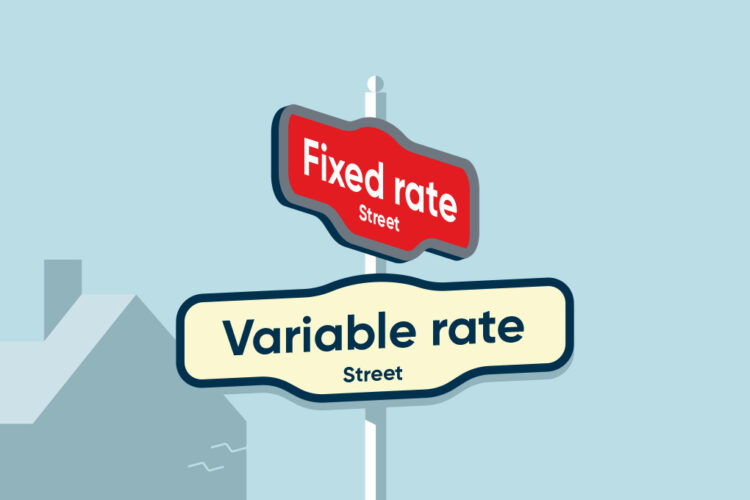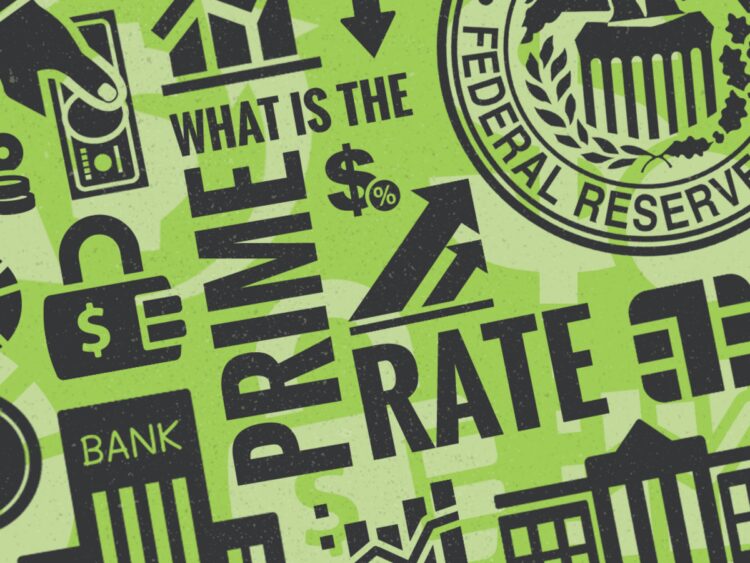The interest on a product is the amount paid for borrowing the funds. If someone were to take a personal loan, the lender would secure interest, sometimes somewhat higher, for lending that money on a collateral-free basis. While interest will always serve in the context of payment, the payment comes in varying forms.
The context of each is unique, and the explanation can be somewhat complex, particularly when attempting to decipher the effective vs. nominal interest rates or effektiv vs nominell rente, with the financial industry designating different terms in some cases for these categories.
In any event, the goal will be to try to explain interest as a whole and, in so doing, cover effective and nominal or compound and simple interest as one of seven different types of interest you could potentially deal with when working with various creditors.
What Are Types of Interest Charged By Creditors

When creating debt either by borrowing a loan or charging funds to a credit card, you will be responsible for the principal repayment, the sum total you actually request from the business, along with an interest percentage attached on top of that principal, the amount the business charges for borrowing the funds.
There are varied forms of interest, but the primary types to recognize include the following:
- Simple (nominal)
- Compound (effective)
- Fixed
- Variable
- Annual percentage rate (APR)
- Prime interest rate
- Discounted interest rate
Each has a specific purpose, reason for use, and its own complexity. The aim is to explain these in as simple terms as possible to make them reasonably sensible. Let’s look at each individually.
1. Simple or nominal interest
Simple or nominal interest is essentially the stated interest that the financial institution is advertising to charge the customer for borrowing money. The calculation is simplistic, with the rate multiplied by the principal by the term, relatively straightforward. Go to https://www.indeed.com/career-advice/career-development/what-are-nominal-interest-rates/ for details on nominal interest.
2. Compound interest creates effective interest

Effective or compound interest differs from simple or nominal interest, with the compound interest premise essentially being “paying interest on interest.” It’s a bit more tricky than some of the other types. The suggestion is that financial institutions use effective rates to calculate their interest rates.
The rate is based primarily on the loan’s interest and the principal. The entity will initially apply the interest on the balance, and the pending balance uses the same figure to determine the “subsequent year’s interest payment.”
For example, the individual invested $1000 at 10% earning $100 within the initial year. Subsequently, the trusty compound interest will avail this person the pleasure of earning 10% on $1100 the next year and so on each year following.
3. Fixed rates
A fixed interest rate is relatively standard and is often charged by loan providers for borrowing products. The interest rate is fixed throughout the loan’s life, allowing a predictable monthly installment. This can’t change, making establishing a realistic budget more feasible.
When the loan is approved, the lender works with the borrower to determine a viable rate that creates a comfortable installment for the term. The process is simplistic for everyone, and the calculation is not in any way complicated. Some benefits of a fixed rate:
- It is clarified for both the borrower and the loan provider the precise obligation in interest for the loan.
- The rate will not fluctuate for the loan term allowing a predictable monthly installment and the capacity to establish a realistic budget plan.
- The only downside with this rate is that tend to be higher than a variable rate but prevents the potential for loans to grow exorbitantly expensive, which could be the case with a variable rate.
4. Variable rates

The variable interest taken on a loan works opposite that of the fixed. The rate can fluctuate over the duration of the loan, with the link being the base layer interest rate movement or what’s referred to as the prime rate.
Borrowers consider themselves fortunate if the loan falls into the variable category and the rate drops. That will mean that the borrowing rate also decreases. This is common if the economy is facing uncertainty. However, if the prime rate rises, the borrowing rate also increases, forcing the client to pay more.
5. Annual Percentage Rate
Credit card companies utilize the annual percentage rate as a standard with their payment methodologies. The issuer will apply the APR for clients who carry balances from one month to the next instead of paying their invoices in full each month. The calculation is somewhat complicated, but let’s try to explain.
If you have a credit card with an APR of 24%, the indication is that each month of the year, the rate charged is 2%.
Not all months have the same number of days meaning the calculation needs to be further divided by the number of days in the year referenced as the “DPR,” or daily rate, which will then be multiplied by the card’s daily balance.
That figure is further narrowed down by multiplying the result by the number of days in that particular billing cycle.
6. Prime rates

Favored customers will receive the financial institution’s prime interest rates or those clients with excellent credit. It’s exceptionally lower than the standard rate provided by loan programs.
It links to the Federal Reserve rate used by different entities for borrowing and lending. Only special customers can avail of this rate.
7. Discounted rates
The rate associated with discounted interest is usually not available to the public. These rates are often seen between a federal institution providing funds to other financial entities for shorter terms, even as quickly as one day.
Financial institutions may choose these sorts of products in an effort to mask their capacity or lack thereof for lending, avoid the potential for a lending agency to fail, or “rectify problems with liquidity.
These issues can arise when a bank finds that they’re providing more outgoing funds on a given day than seeing deposits.
At that point, the entity will approach the Federal Bank regarding a discounted rate loan to help mask its position on that particular day with the idea that it will be able to fully recover the next day.
8. What is “real” interest

Another interest to take into consideration deems as a “real” interest. This is calculated after inflation has been accounted for. Inflation would, under ordinary circumstances, be considered a minor consideration if it were merely a matter of months.
However, when looking at a long-term product for a period of years, the value for a loan can drastically change. The real interest rate indicates the amount a loan provider accrues from adjusting due to the decrease in the value of repayments over the loan’s life. Read details on nominal, effective, and real interest rates.
Final Thought
Interest is the amount of money a borrower will pay the entity for lending them the funds. There are varied forms of interest, each with a different purpose and its own degree of complexity, plus different references depending on the financial institution you work with, creating a level of confusion for the layperson.
As a rule, the effective or authentic interest rate and the simple interest rate are two that many people have the most question about because these are most often the ones that will affect a borrower with a loan or credit situation.
The simple or nominal interest is what you see advertised. It’s what the provider presents as the rate for their product. The effective rate is a complicated interest, challenging to explain, but essentially boils down to being the actual or authentic interest once the lender has made all of their calculations.
It will be higher than the simple or nominal, but the simple is more or less a marketing tool. The effective interest is basically reality.
*Translation for effektiv vs. nominell rente: effective vs. nominal interest rate







